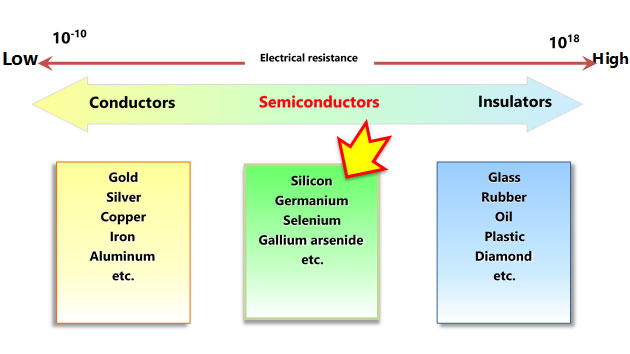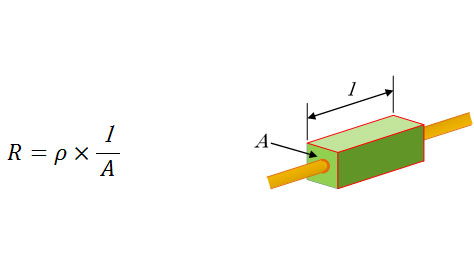- 型号 & 关键词搜索
- 交叉搜索
- 参数搜索
- 库存查询与购买
This webpage doesn't work with Internet Explorer. Please use the latest version of Google Chrome, Microsoft Edge, Mozilla Firefox or Safari.
请输入3个以上字符 Search for multiple part numbers fromhere.
The information presented in this cross reference is based on TOSHIBA's selection criteria and should be treated as a suggestion only. Please carefully review the latest versions of all relevant information on the TOSHIBA products, including without limitation data sheets and validate all operating parameters of the TOSHIBA products to ensure that the suggested TOSHIBA products are truly compatible with your design and application.Please note that this cross reference is based on TOSHIBA's estimate of compatibility with other manufacturers' products, based on other manufacturers' published data, at the time the data was collected.TOSHIBA is not responsible for any incorrect or incomplete information. Information is subject to change at any time without notice.
请输入3个以上字符
1.导体、半导体和绝缘体
根据材料的电流传导能力,材料可分为三类:
- 导体:容易导电的材料(即具有高电导率和低电阻率的材料)
- 半导体:电导率介于导体和绝缘体之间的材料
- 绝缘体:不易导电的材料(即具有高电阻率的材料)
导体的电阻率约为10-8Ω至10-4Ωcm,而绝缘体的电阻率约为108Ω至1018Ωcm。半导体的电阻率值介于导体和绝缘体之间,即10-4Ω至108Ωcm。
电阻率: Ωcm


电阻(R)是电流通过材料时遇到的阻力。材料的电阻与其长度(l)成正比,与其横截面积(A)成反比。每种材料还具有称为电阻率(ρ)的固有特性。电阻(R)表示为ρ、I和A的一个函数。电阻率(ρ)由原子最外层电子的能级(能带)、晶态和其它因素决定。
- 1/6
- Next

